Results
-
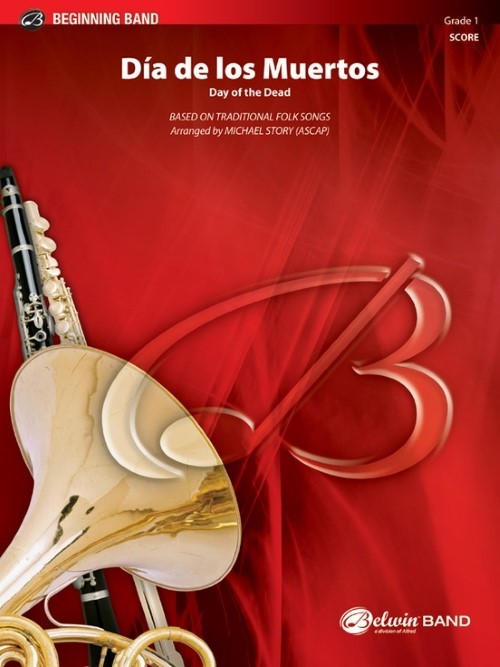 £53.95
£53.95Dia de los Muertos (Day of the Dead) (Concert Band - Score and Parts) - Story, Michael
Dia de los Muertos (Day of the Dead) is a holiday celebrated in Mexico honouring deceased family members and friends. It is not a time of sadness, but a time of remembrance and celebration. Two folk songs that have been associated with Dia de los Muertos, "El Pajarito Verde"(The Green Bird) and "El Zopilote" (The Buzzard), are the inspiration for the arrangement of this celebratory work.Duration: 1.30
Estimated dispatch 7-14 working days
-
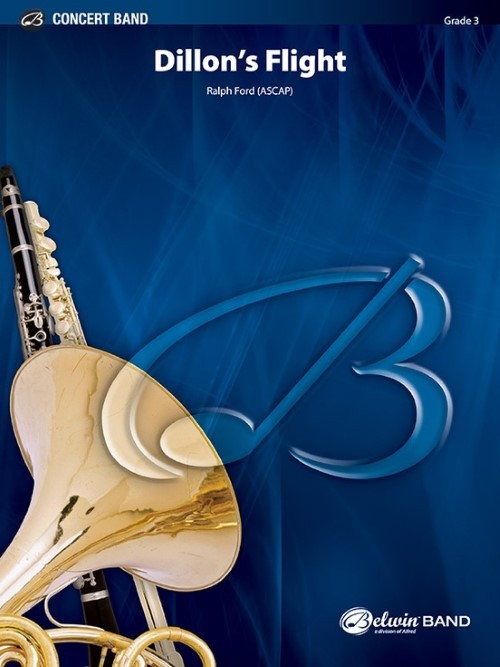 £70.50
£70.50Dillon's Flight (Concert Band - Score and Parts) - Ford, Ralph
Dillon's Flight was inspired by the legend of the Phoenix, a bird of fire that does not lay eggs, has no younglings, was here at the beginning of time, and yet still lives today in a hidden desert land. Every 500 years, the sun burns down on the Phoenix until a flash of light appears and it becomes consumed by the flames of fire. From the pile of silvery-grey ash rises up a young Phoenix. The young Phoenix then takes flight and sings its glorious song to the sun for another five hundred years. Dedicated to the Dillon School in Phoenix, New York, this musical depiction is jam-packed with energy.Duration: 5.00
Estimated dispatch 7-14 working days
-
 £54.95
£54.95The Red Shield (Concert Band - Score and Parts) - Goffin, Henry - Bird, Kevin
Written in 1928, this march has become a Salvation Army classic. The title refers to The Salvation Army red shield logo known the world over.
Estimated dispatch 7-14 working days
-
 £10.95
£10.95The Red Shield (Concert Band - Score Only) - Goffin, Henry - Bird, Kevin
Written in 1928, this march has become a Salvation Army classic. The title refers to The Salvation Army red shield logo known the world over.
Estimated dispatch 7-14 working days
-
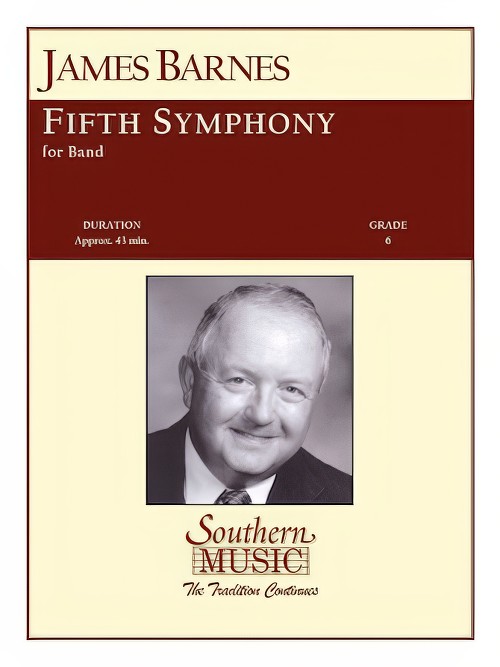 £404.99
£404.99Fifth Symphony (Concert Band - Score and Parts) - Barnes, James
Commissioned in 2000 to commemorate the 50th anniversary of the formation of the Japanese Ground Self-Defense Force Central Band in 1951 at the conclusion of Allied occupation. Scored for a very large band, including six antiphonal trumpets, the work is in four movements: I. Eulogy, II. Scherzo, III. Reverie, and IV. Jubilation. Subtitled Phoenix, the composer writes: Like the legendary Phoenix bird, which self-immolates, then arises from its own ashes more resplendent than ever, Japan has recovered from the massive devastation of World War II to become a greater and more respected nation than ever before. Duration: 43.00
Estimated dispatch 7-14 working days
-
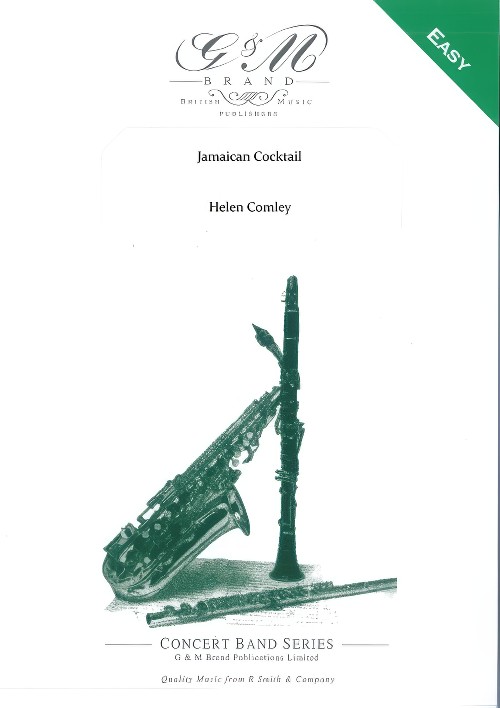 £49.95
£49.95Jamaican Cocktail (Concert Band - Score and Parts)
Let this medley of three Jamaican folksongs, presented in a cheerful calypso style, transport you to far off lands with sun, sea, sand, and syncopation! Includes: Linstead Market; Brown Girl in the Ring; Yellow Bird
Estimated dispatch 7-14 working days
-
 £9.95
£9.95Jamaican Cocktail (Concert Band - Score Only)
Let this medley of three Jamaican folksongs, presented in a cheerful calypso style, transport you to far off lands with sun, sea, sand, and syncopation! Includes: Linstead Market; Brown Girl in the Ring; Yellow Bird
Estimated dispatch 7-14 working days
-
 £19.95
£19.95CAMBRIAN SUITE (Prestige Concert Band Extra Score) - Ball, Michael
Extra Score. This suite - originally a brass band work - was commissioned jointly by the Black Dyke Band and the Brass Band Heritage Trust. The composer later made this version for concert band. The work is intended to be played without a break but divides naturally into three sections. Each section is based upon a traditional Welsh melody treated in free variation manner, respectively Gwyr Harlech (Men of Harlech), Suo-Gan (Cradle Song) and Codiad Yr Hedydd (The Rising of the Lark). There is a momentary reference to Yr Deryn Pur (The White Bird) at the end of the second section. (Grade 4) Performance time: 12:00 Recorded on Polyphonic QPRM152D MOSAIC: Great British Music Vol. 13
Estimated dispatch 7-14 working days
-
 £99.95
£99.95CAMBRIAN SUITE (Prestige Concert Band Set) - Ball, Michael
Score and Parts. This suite - originally a brass band work - was commissioned jointly by the Black Dyke Band and the Brass Band Heritage Trust. The composer later made this version for concert band. The work is intended to be played without a break but divides naturally into three sections. Each section is based upon a traditional Welsh melody treated in free variation manner, respectively Gwyr Harlech (Men of Harlech), Suo-Gan (Cradle Song) and Codiad Yr Hedydd (The Rising of the Lark). There is a momentary reference to Yr Deryn Pur (The White Bird) at the end of the second section. (Grade 4) Performance time: 12:00 Recorded on Polyphonic QPRM152D MOSAIC: Great British Music Vol. 13
Estimated dispatch 7-14 working days
-
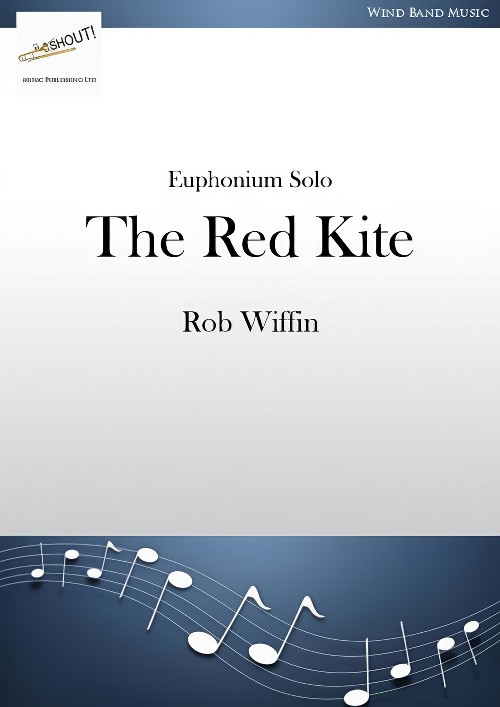 £36.95
£36.95The Red Kite (Euphonium Solo with Concert Band - Score and Parts) - Wiffin, Rob
At one time the Red Kite was close to national extinction in the UK but now it is possible to admire this distinctive bird of prey with its red colouring and forked tail. I love watching it soaring so gracefully through the sky. I attempted to catch that feeling in this solo composed for Martin Smith. In writing it I had in mind making the euphonium glide solitary and effortlessly, occasionally swooping down then reclaiming its high altitude.To create the desired atmosphere, I avoided too many root position chords and enhanced the feeling of floating by adding notes to a lot of the harmony, giving it subtle colour. The harmonic rhythm is slow but the movement switches in the way that the Red Kite can make slight changes of direction by minor adjustments of its tail. On top of this accompaniment the soloist is left to sing with a sense of grace and freedom.- Rob WiffinDuration: 3.45
Estimated dispatch 7-14 working days
